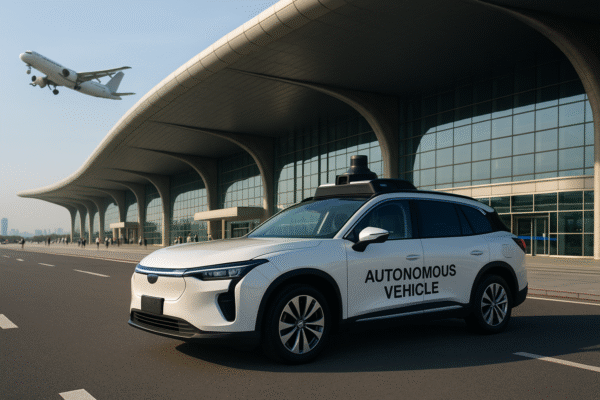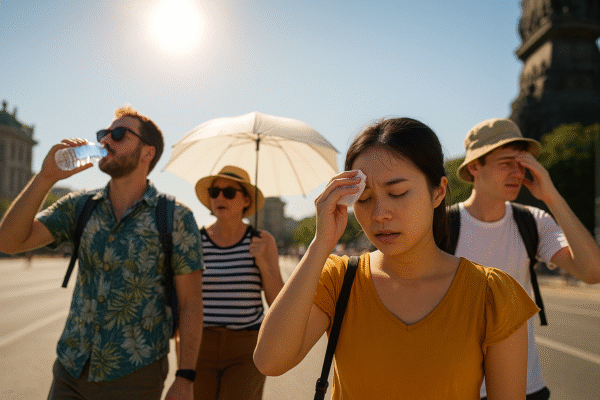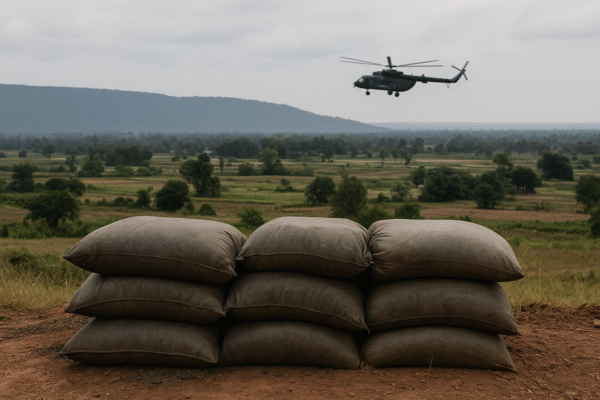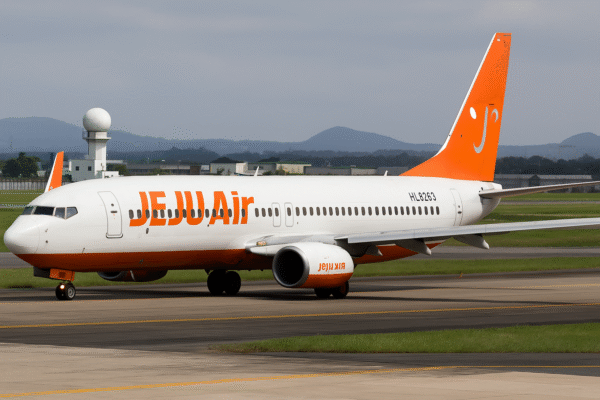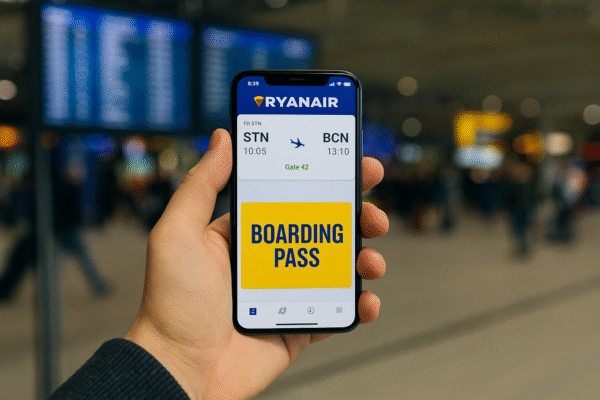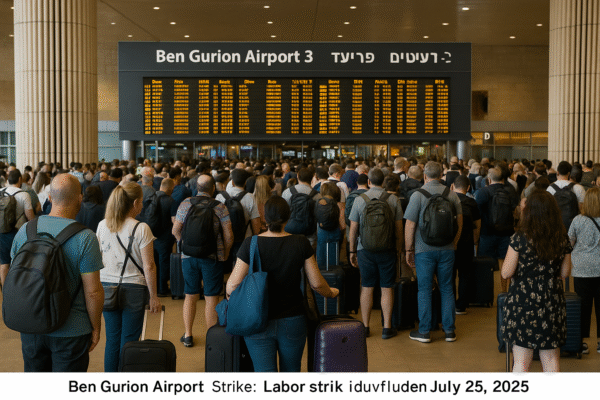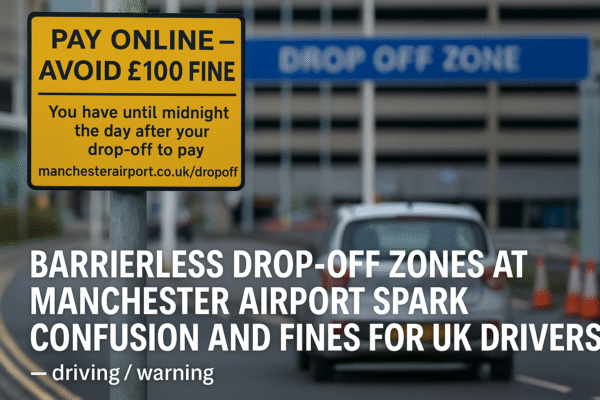Sri Lanka Expands Free Visa Entry to 40 Nations in Major Push for Tourism Revival
In a strategic move to revitalize its tourism industry, Sri Lanka has announced the expansion of its free visa-on-arrival policy to visitors from 40 countries. Effective from 1 August 2025 through 31 January 2026, this initiative is designed to accelerate the country’s tourism rebound following years of economic turmoil and global travel disruptions.
The policy was approved by the Sri Lankan Cabinet and builds upon the success of the previous free visa scheme launched in March 2023. With this latest development, Sri Lanka aims to position itself more competitively in the global tourism market while reinforcing the importance of tourism as a central pillar in the island nation’s economic recovery strategy.
Expanded Visa-Free List Targets Key Tourism Markets
Previously, the free visa initiative applied to nationals from seven countries: China, India, Indonesia, Russia, Thailand, Malaysia, and Japan. These countries contributed significantly to Sri Lanka’s pre-pandemic tourism boom.
Now, under the expanded program, travelers from major economies such as the United States, United Kingdom, Canada, Australia, and the United Arab Emirates, as well as regional markets like Pakistan and Iran, will also benefit from visa-free entry. This broader inclusion is expected to stimulate long-haul tourism while attracting diverse visitor demographics.
The Department of Immigration and Emigration of Sri Lanka has already updated its online visa platform to reflect the changes, making the entry process more streamlined for eligible travelers.
Economic Outlook: Short-Term Loss, Long-Term Gain
The Sri Lankan Ministry of Foreign Relations estimates a temporary revenue loss of $66 million in waived visa fees. However, officials remain confident that the increased tourist spending across hospitality, transportation, retail, and entertainment sectors will more than compensate for the loss.
Speaking to local media, Tourism Minister Harin Fernando emphasized the importance of removing bureaucratic obstacles for travelers. “The more convenient the process, the more travelers will consider Sri Lanka for their next vacation. We’re focusing on long-term economic benefits,” he said.
Sri Lanka welcomed approximately 1.5 million tourists in 2024, a number the government hopes to increase to 2.5 million by the end of 2025, supported by the extended visa exemption and ongoing promotional campaigns.
Strengthening Infrastructure and Safety Perception
While the free visa policy is a major part of the government’s tourism strategy, it is not the only one. Authorities are also investing in upgrading tourism infrastructure, improving airport facilities, and enhancing the visitor safety experience—crucial for rebuilding trust after the 2019 Easter Sunday attacks that deeply impacted Sri Lanka’s global reputation.
The Sri Lanka Tourism Development Authority (SLTDA) has partnered with international organizations to implement sustainable tourism standards, particularly in ecologically sensitive regions like Ella, Sigiriya, and Yala National Park. These efforts are aimed at aligning Sri Lanka’s tourism growth with global sustainability goals while preserving its natural and cultural heritage.
International Connectivity and Airline Cooperation
To further support inbound travel, SriLankan Airlines and other regional carriers such as IndiGo, Emirates, and Qatar Airways are increasing frequencies on routes connecting Colombo with major global hubs. Expanded codeshare agreements are also under negotiation to enhance connectivity from Europe, the Middle East, and North America.
Colombo’s Bandaranaike International Airport is undergoing a $200 million expansion project slated for completion by mid-2026, which will significantly increase passenger handling capacity and improve overall traveler experience.
Aligning with Global Tourism Trends
The visa waiver move reflects a global trend where countries are easing travel restrictions to remain competitive. According to the World Tourism Organization (UNWTO), simplification of visa procedures can increase tourist arrivals by up to 25%.
Sri Lanka’s decision aligns it with regional peers like Thailand, Malaysia, and Vietnam, all of which have adopted similar policies to boost tourism revenue post-pandemic.
Conclusion: Sri Lanka Eyes Resurgence as South Asian Tourism Leader
With world-renowned attractions such as Galle Fort, Dambulla Cave Temple, Nuwara Eliya tea estates, and Arugam Bay’s surf beaches, Sri Lanka offers a diverse portfolio for global travelers. The expansion of the visa-free entry program is expected to usher in a new chapter in Sri Lanka’s tourism resurgence.
By leveraging visa policy reforms, infrastructure upgrades, and sustainability practices, Sri Lanka is making a bold and timely play to regain its status as a top-tier destination in South Asia. For millions of potential tourists, the message is clear: Sri Lanka is open, accessible, and ready to welcome the world.
For more travel news like this, keep reading Global Travel Wire



